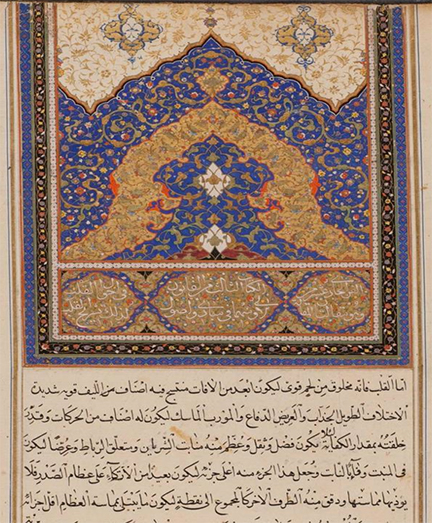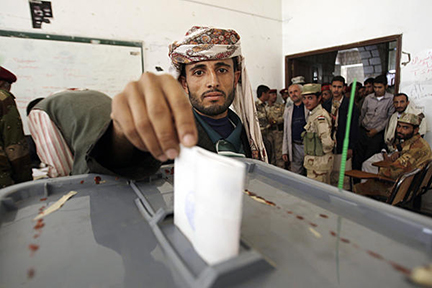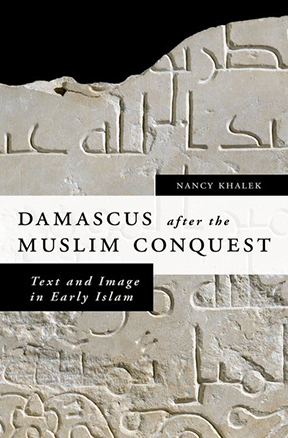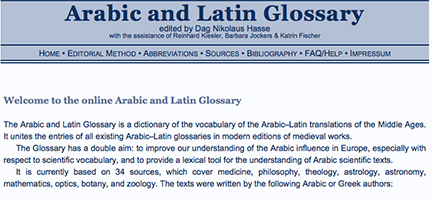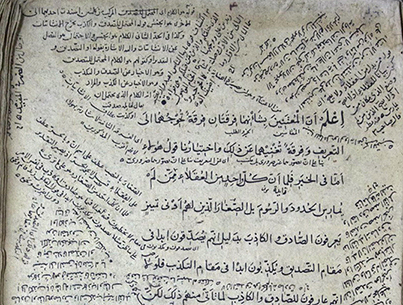
A review of the manuscript collections viewable at the Bab al-Khalq branch of Dar al-Kutub wa-al-Wathaʾiq al-Qawmiyya (Egyptian National Library and Archives), Cairo, Egypt.
by Noah Gardner, Dissertation Reviews, January 6, 2014
Bab al-Khalq Square, Cairo, Egypt
Tel: +20 2393-8656; 2391-7843; 2391-7825
Fax: +20 2393-8759
www.darelkotob.gov.eg (functions sporadically)
Bab al-Khalq Reading Room hours:
Sunday – Thursday, 9 am to 4:45 pm
Closed Fridays, Saturdays, and national holidays.
The Egyptian National Library and Archives in Cairo makes available extensive holdings of printed books, serials, coins, papyri, documents, and other collections of interest to researchers; however, in this review I solely address working with its large and important collection of Islamicate manuscripts, much of which is accessible in microform at the library’s Bab al-Khalq branch. After giving a brief history of the library and its manuscript holdings, I discuss preparing to visit the library, reaching it once in Cairo, working with the printed catalogs and on-site electronic catalog, and viewing and obtaining copies of microfilms. As an appendix I include a list of the numerous printed catalogs dedicated to the collection, along with some tips for working with them. While some of my observations regarding the library’s systems are critical, I hope it will be understood that they come from the perspective of an avid user and admirer of the library, and are in no way intended to detract from the efforts of the highly dedicated staff, or to discourage would-be researchers.
History of the library and an overview of its manuscript holdings
The library was founded in 1870, during the reign of the Khedive IsmaÊ¿il Pasha. It originally was located in Darb al-Gamamiz, at which time it was called al-Kutubkhana al-Khidiwiyya (the Khedival Library). In 1904 it was moved to the purpose-built, monumental Neo-Mamluk-style building at Bab al-Khalq Square—on Port Said Street at the intersection of Ahmed Maher and Muhammad Ali Streets—which it shares with the Museum of Islamic Art. In the 1970s much of the library was relocated to a new building on the Nile Corniche. While the majority of the actual manuscripts are still stored at the Corniche Branch, the Bab al-Khalq building has been renovated in recent years, and now houses greatly improved conservation and storage facilities, a microfilm reading room, and a state-of-the-art exhibition area for select manuscripts. The library currently holds approximately 57,000 codices; the vast majority of these are in Arabic, though roughly 1,000 are in Persian and over 2,100 are in Ottoman Turkish. Since its founding the library has absorbed a number of smaller Cairene libraries and important private collections of manuscripts, such as those of Ahmed Pasha Taymur, Halim Pasha, Khalil Agha, and others, and the names of many of these collectors still serve as shelfmark headings. It is one of the largest and most important collections of Islamicate manuscripts in the world, and includes numerous manuscripts from the first four centuries anno hegirae, including what are claimed to be some of the earliest surviving Qurʾan manuscripts, as well as many thousands of later medieval and early modern codices on the full range of subjects common to premodern Islamicate learning and culture. Much, though not all, of the collection has been filmed and is available in microform. Those seeking a more complete history of the library and the manuscript holdings should consult Dr. Ayman FuÊ¿ad Sayyid’s excellent Dar al-Kutub al-Miá¹£riyya : TÄrÄ«khuhÄ wa-taá¹awwuruhÄ (Cairo: Maktabat al-DÄr al-Ê»Arabiyya li-al-KitÄb, 1996). Continue reading On Dar al-Kutub in Cairo →
